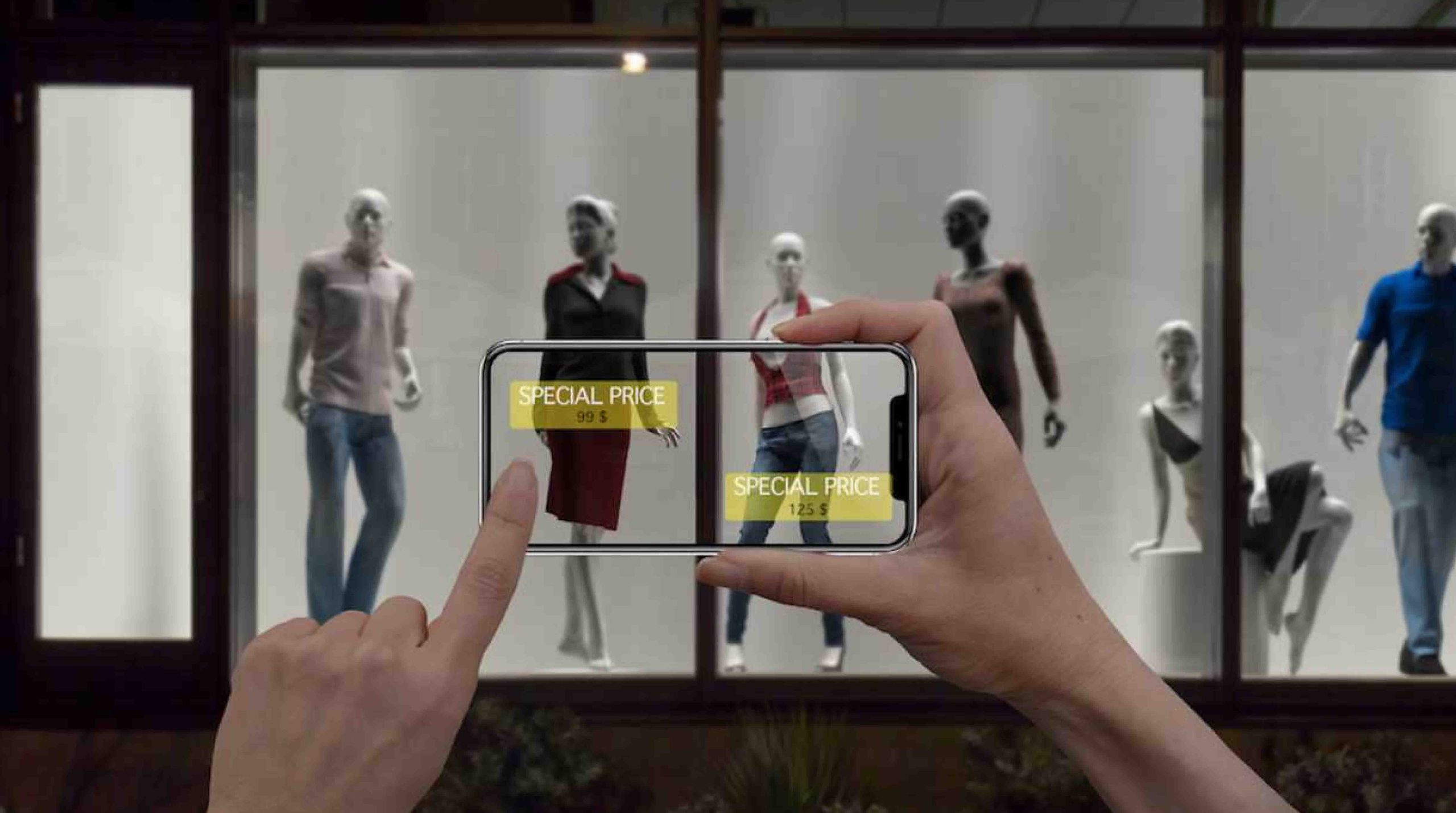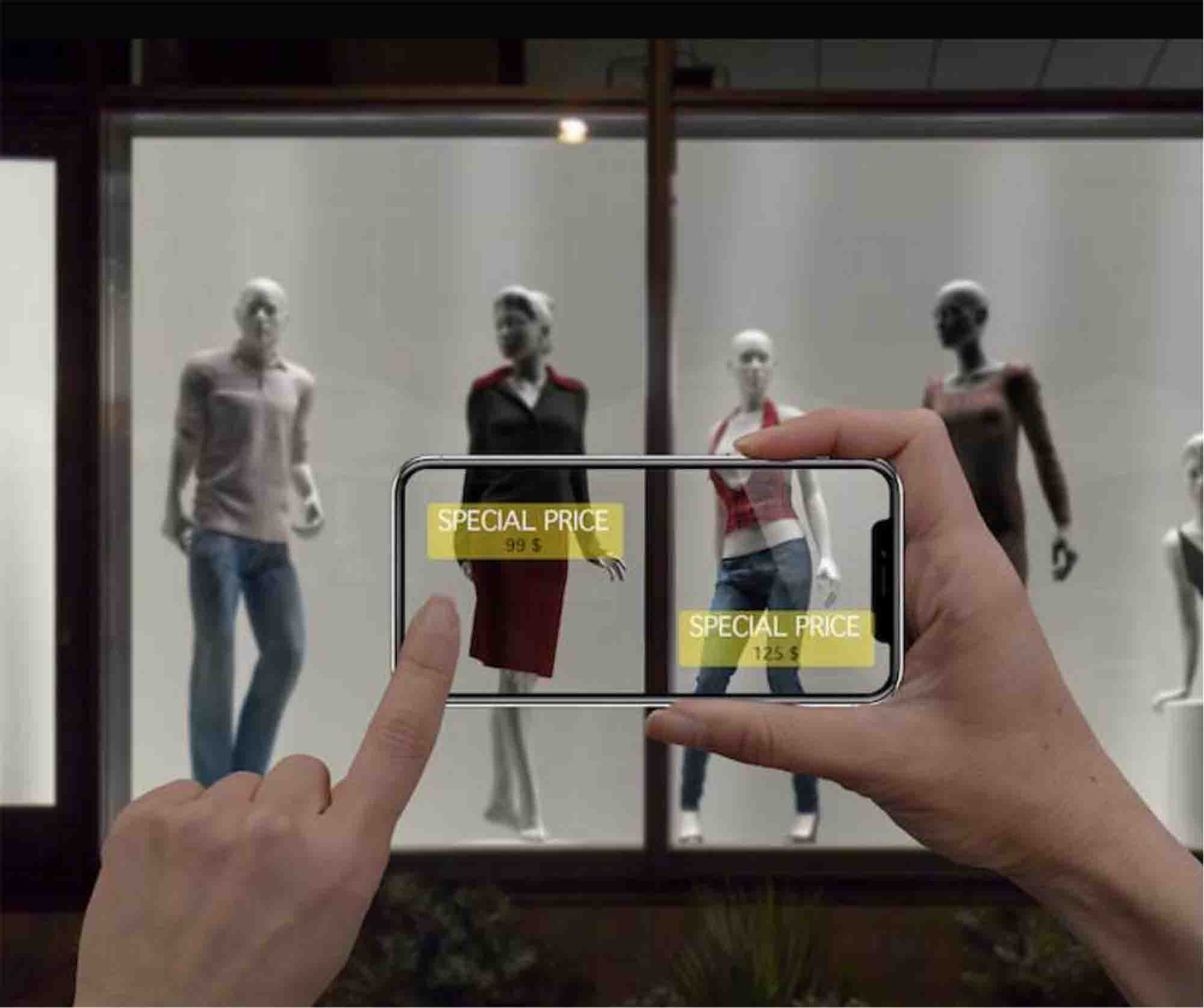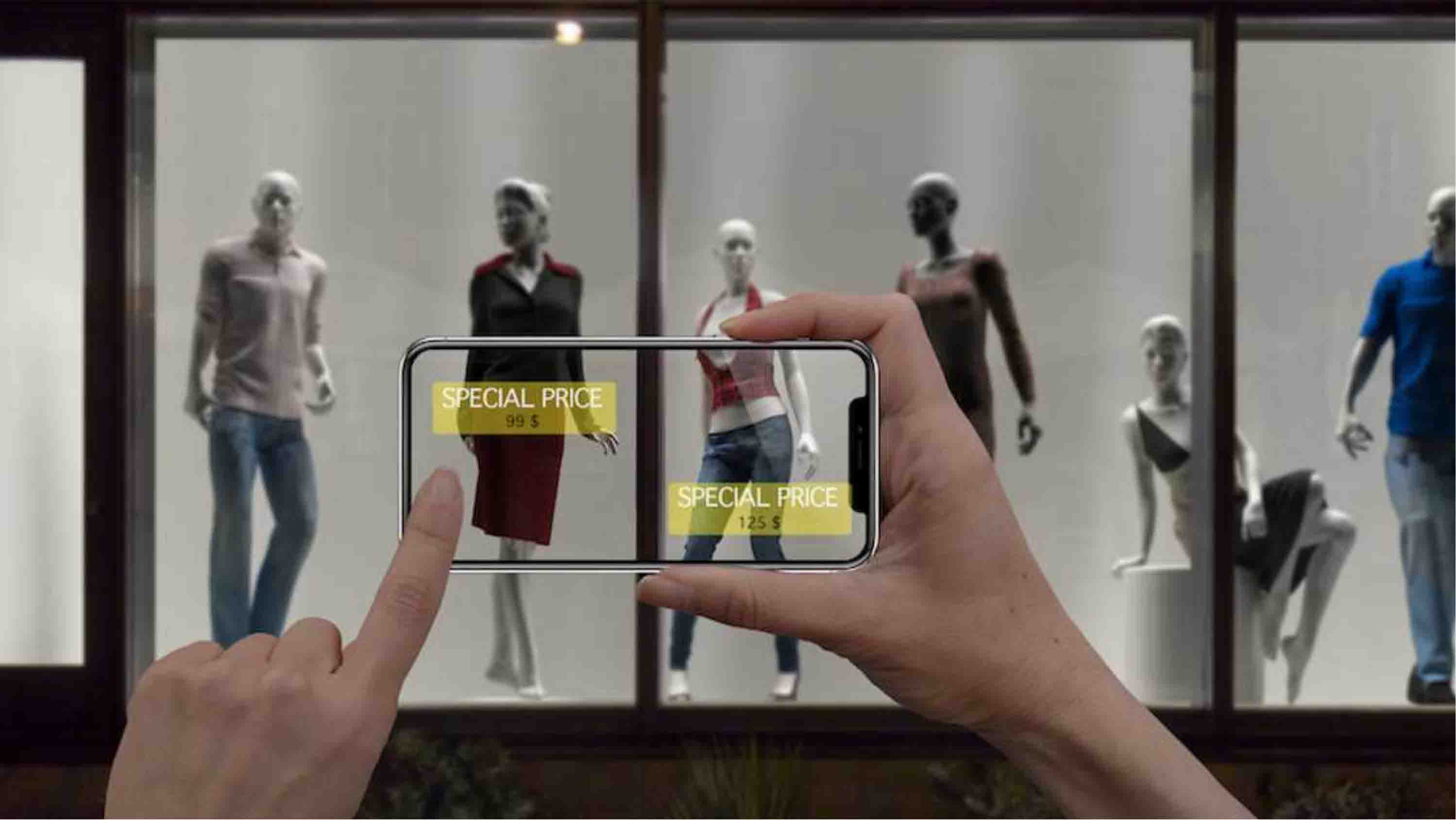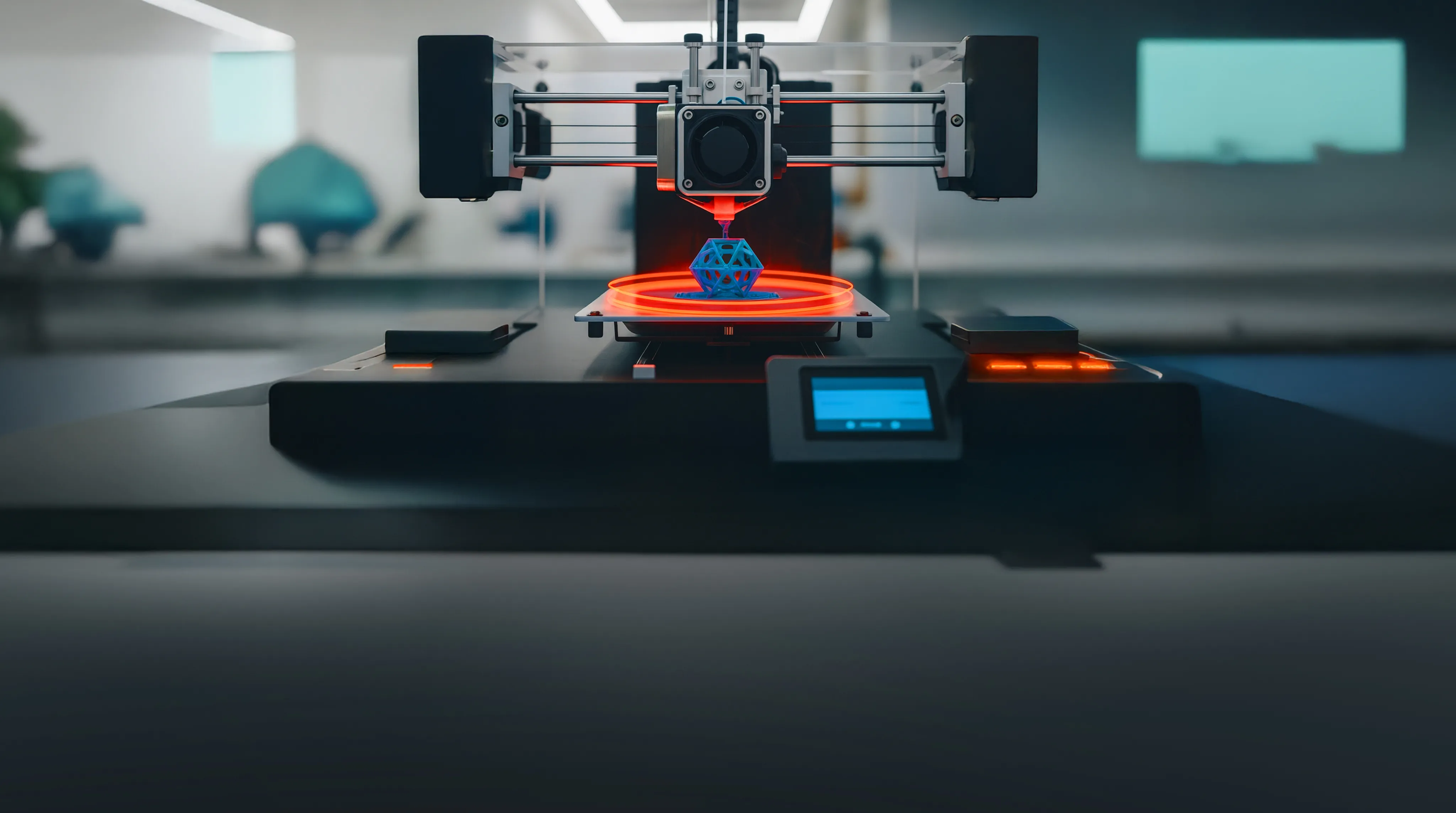Ways AR is changing the Retail Sector
April 21, 2021
2020 forever changed the trajectory of digital transformation in every business, in every industry. As the global pandemic endured, customers prioritized their health and safety, and embraced digital-first shopping behaviours. With every consumer click, tap, and swipe, businesses were forced to advance their experience.
Innovators, however, must look beyond digitization, basic ecommerce, and ordinary digital engagement, to differentiate, and create sought after value. Augmented reality, and mixed reality overall, represents a unique accelerant to deliver new experiences, awaken the senses, online and IRL (in real life), and enhance engagement throughout the customer’s journey. Augmented reality represents an immediate opportunity to enrich shopping experiences.
AR for an Enhanced Experience
With AR, brands have a novel opportunity to deliver value-added experiences, beyond shiny object syndrome. Through augmented reality, brands and retailers can unlock a new dimension to digital and physical shopping where products and experiences are brought to life. These experiences can come to life at home, in-store, or anywhere. All it takes is imagination and innovation.
A recent study found that 63% of consumers believe AR will transform their shopping experience and 61% indicated that they would prefer to make purchases on sites that offer AR technology. More so, 70% of consumers reported that they would be more loyal to brands incorporating AR as part of their shopping experience.
The stores as we know are changing with AR. These will allow customers to engage in ways unknown and help retailers generate leads in better and optimized ways. This includes revamped trail rooms, trial rides for cars and more. You could even share them over with your friends with just one tap!
AR in Ecommerce Today
IKEA paved the way for AR commerce by helping customers move beyond imagining what furniture could look like in their spaces. Launched in 2017, the IKEA Place app helps customers visualize products from its catalogue, through AR, at true scale, within any space.
Following the popularity of the IKEAs AR app, a handful of innovative brands have continued to demonstrate the promise of AR in online and in-store shopping.
For example, Nike brought AR to the footwear and clothing categories. The experience uses AR to scan the customers’ feet and find the right shoe for them. From scanning your feet to finding the perfect size, the process takes less than one minute.
Warby Parker is innovating the way customers try on glasses with their at-home try-on AR experience through their mobile app. When a customer enters the “try on” area of the app, they simply flip their phone to selfie mode and select the frames they want to see on their face. While other glasses brands have tried AR, Warby Parker has paved the way with a real-time selection of frames.
Walmart is using AR to interact with their customers on their shelves through a range of display options of hair colour and recommended shades that customers can try on in real-time. Once a user scans the barcode provided, their camera opens to try on all options. Walmart is the first retailer to implement brick-and-mortar AR for their stores to enhance in-store experiences.
AR also is getting a big boost from one of the most revered, market-making innovators in the game. In 2020, Apple entered the mix, mixed reality that is, with the integration of LiDAR scanners in higher-end iPhone and iPad models. These new cameras will give consumers the ability to scan and also virtually imprint vivid 3D images into online and real-world experiences. Apple also launched what it refers to as the “world’s largest AR platform,” giving developers the tools they need to develop and market compelling AR experiences. AR doesn’t just mean augmented visualization. The company also introduced spatial audio capabilities in its most recent AirPods Pro and Max lines, which sets the stage for immersive, integrated audio and video virtual experiences.
Bottom line
Even in the early days of COVID-19, the market size for AR was estimated at almost $19 billion by 2023. With the pandemic lingering, consumer adoption of ecommerce and online shopping will only continue to gain momentum. This definitely is AR’s moment.
Retailers and brands must think beyond traditional retail, commerce, and even legacy spatial design. Innovators must reimagine customer engagement and CX through a lens of next-generation experience architecture, one that augments, enhances, and blurs the line between physical and digital (#PhyDi) worlds.
AR represents an opportunity for experience architects to imagine and enliven innovative, value-added, and engaging new worlds. Amazing, productive AR experiences represent a competitive advantage and a promise to drive growth by increasing customer engagement, attracting new shoppers, and boosting conversion rates.
Source: https://www.zdnet.com/article/2021-is-the-year-ar-commerce-becomes-an-actual-reality/


















